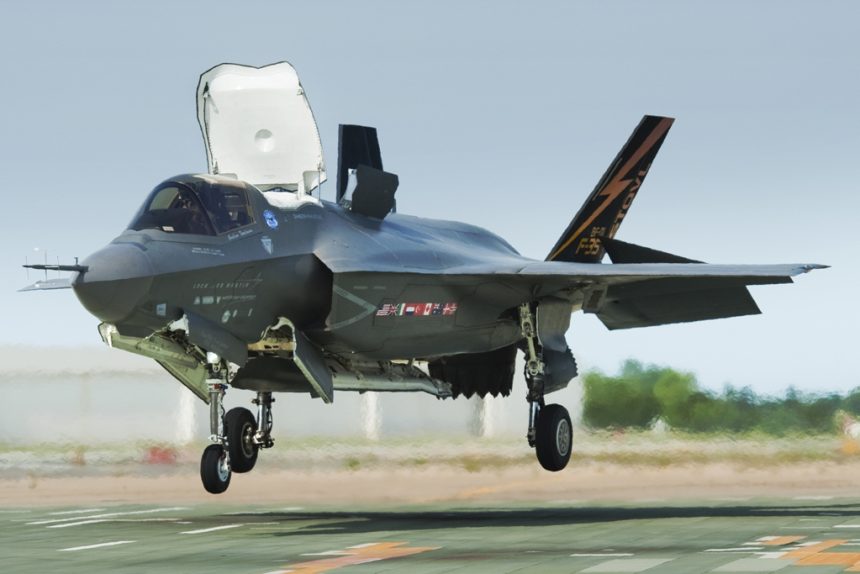Just a few days ago I wrote that, should Italy be forced to choose a single F-35 variant because of budget costraints (as happened in the UK), the hypothesis of selecting the F-35Bs for both the Aeronautica Militare (Italian Air Force, ItAF) and the Marina Militare (Italian Navy, ItNy) should be seriously taken into consideration (for more details read here: “F-35, STOVL, Joint Force: will Italy follow the British path?“).
However, on Nov. 11, 2010, an interesting article available on DefPro titled “Deficit Commission: Cancel Marine Corps Version of the F-35 Joint Strike Fighter and Several Other Weapons” explained that a bipartisan National Commission on Fiscal Responsibility and Reform had just issued a series of draft proposals to cut government spending; among which, one of the most interesting is to cancel the Marine Corps version of the F-35. This option would not only cancel the Marine Corps version of the F-35 Joint Strike Fighter “because of its technical problems, cost overruns, schedule delays, and the adoption by the services of joint combat support in current wartime operations” but would leave Italy, that saw the F-35 as the ideal Harrier replacement, without aircraft for its Cavour aircraft carrier. Should the F-35B be canceled, the Italian partecipation in the JSF programme would be at risk since the carrier was tailored to this aircraft and could not be converted to accomodate the F-35C carrier version.
The only alternative to the F-35B would be to extend the service life of the AV-8B, more or less the same option available for the USMC. However, I think that the STOVL (Short Take Off Vertical Landing) version of the 5th generation aircraft will not be scratched for many reasons:
1) the F-35B is going to replace not only the USMC Harriers but also the F/A-18 to cover the full spectrum of modern warfare scenarios with its own resources: not only CAS (Close Air Support) but also air superiority and strike missions. The Marine Corps needs a fixed wing aircraft operating from a LHA (Landing Helicopter Assault) or LHD (Landing Helicopter Dock) to support a MEU (Marine Expeditionary Unit) in regional crisis and a STOVL is the only viable option.
2) the entire America class amphibious assault ships were designed to accomodate, operate and support the F-35B and, to increase the number of accommodated aircraft, it will not feature the well decks that are used to house landing craft on the Tarawa and Wasp class amphibious assault ships.
Fortunately, to reassure the Italian Navy (the Italian Air Force and, especially, USMC….), on Jun. 19, 2010, Lockheed was awarded 3.5 billion USD contract modification from the U.S. Department of Defense to manufacture 31 F-35 Lightning II stealth fighters in the fourth lot of low-rate initial production (LRIP). “The contract also funds manufacturing-support equipment, flight test instrumentation and ancillary mission equipment. Including the long-lead funding previously received, the total contract value for LRIP 4 is $3.9 billion. Under the contract, Lockheed Martin will produce 10 F-35A conventional takeoff and landing (CTOL) variants for the U.S. Air Force, 16 F-35B short takeoff/vertical landing variants for the U.S. Marine Corps, four F-35C carrier variants for the U.S. Navy and one F-35B for the United Kingdom. Additionally, the Netherlands has the option to procure one F-35A”.
Even if the British F-35Bs funded in LRIP 3 and 4 when the MoD was expecting to order the B model will be most probably sold to the USMC, the contract awarded by the US DoD gives those air forces interested in the STOVL version of the JSF (Italian Navy, Italian Air Force, Israeli Air Force and possibly the Spanish Navy and the Japanese Maritime Self Defense Force) a reason to be highly optimistic about the future of the F-35B.








